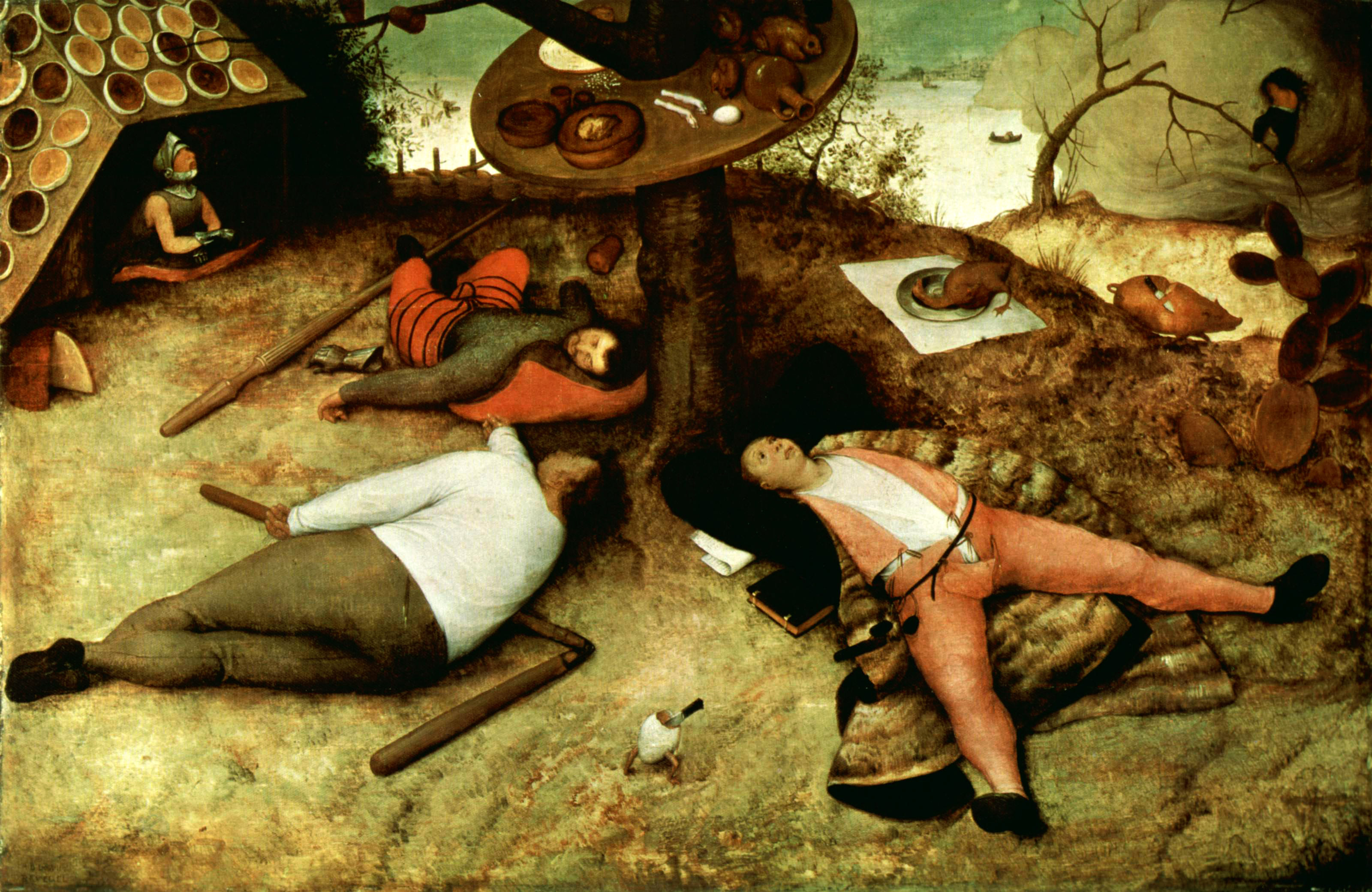
“A chance to save the world comes through the kitchen and home garden,” says Carolyn Steel, food visionary and architect, in an interview with Paulina Wilk. Steel explains who rules our plates and why dining together is the best form of economy.
She welcomes me at the door, her fringe tousled. We climb meandering stairs to the attic of her home in central London. The bustling Marylebone train station is just a few steps away, early evening beer being poured into pint glasses in a pub on the corner, while headlines on the free copies of the Evening Standard on the tube scream #brexit and #megxit. It’s windy – strong gusts slap the Victorian window and pull at the plants in the first-floor garden – but we’re cosy, with cups of milk tea to warm us up. We sit at the kitchen table, right under a giant lightbulb, a jar of pickles next to us. It’s the first interview Professor Carolyn Steel is going to give about her book Sitopia: How Food Can Save the World, published by Penguin in March this year. She is an architect, lecturer and urban life researcher, a studio director at the London School of Economics, and a visiting lecturer at Cambridge University on the course “Food and the City”. A TED speaker, designer of public utility buildings, and since the publication of her book Hungry City: How Food Shapes Our Lives in 2008, she is considered a leading thinker on food. Out of all activities, chopping onions is her favourite.
Paulina Wilk: First you surprised the world with your breakthrough theory of a hungry city. In your previous book, you wrote that the history of urbanization could be told through the lens of food. Now, you insist that better food could save the world. Where does an architect get such ideas?
Carolyn Steel: In the 1980s, as a wild-haired student, I raged about London docks being transformed into enclaves for luxury apartment houses. Back then, I was interested in just two things: everyday life and making the world a better place. I used to read Michel de Certeau’s works about the practice of everyday life, and then I went to Rome to research the life of one district across a period of 2000 years. Up to the times of Mussolini, there was a market there. Farmers came to sell their crops, and while they were there, they had their teeth fixed and hair cut. During my research, I often came across the word ‘mundane’. In English, we use it pejoratively, to describe things we consider boring and plain. But it comes from the Latin word mundus, a translation for the Greek kosmos. I realized that the mundane is the key to the essence of life. We take the most important things for granted, which is why we don’t notice them – they’re too large, too omnipresent. It’s the same with food. Eating connects all the phenomena in cosmic, yet mundane unity.
In your latest book, you take your readers to Sitopia – a place of eating.
At the end of my first book, Hungry City, in which I described the ways in which nutrition systems shaped cities throughout history, I decided that the phenomenon of food, its omnipresence and its ‘obviousness’, requires a name. I merged the Greek words sitos (‘food’) and topos (‘place’), and got S





